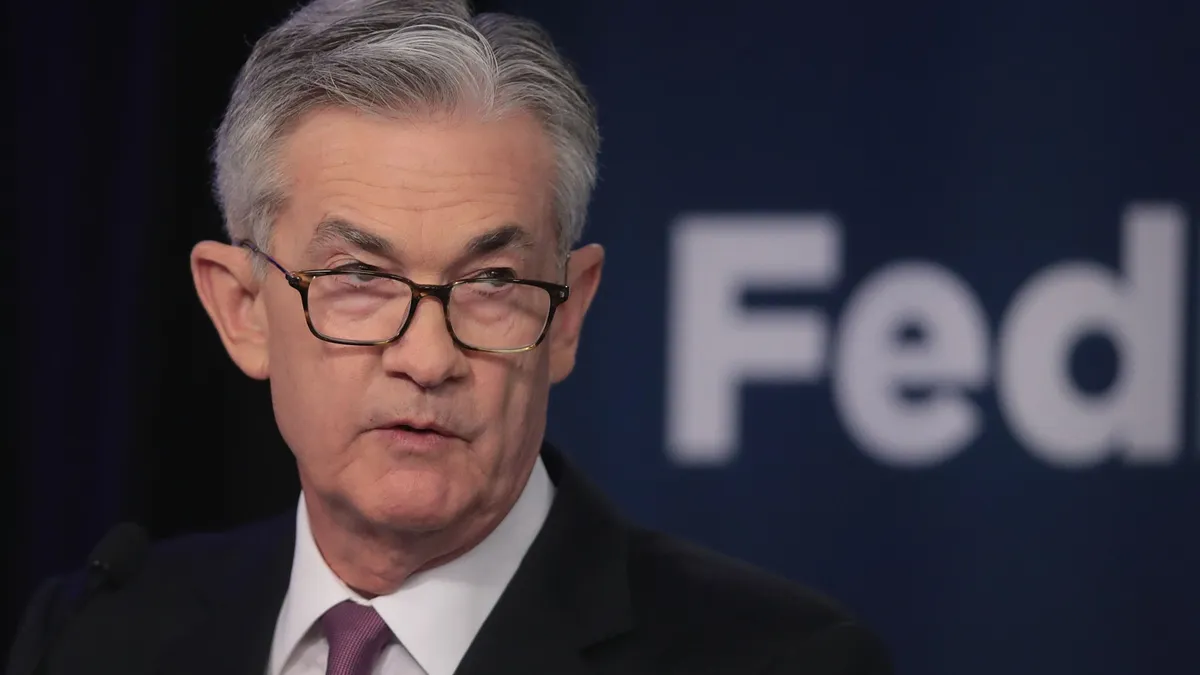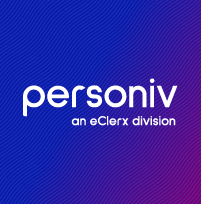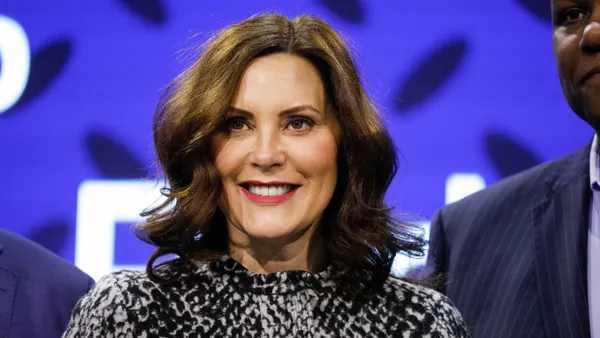CFO in the Know is an editorial series examining the roles CFOs play across a variety of industries. You can find the entire series here.
INmune Bio is conducting a handful of cancer treatment trials in contract testing labs in Canada, Australia and the U.K. The reason: those governments offer the company a hefty tax rebate to conduct the tests in their countries.
"They're not tax credits, they're actual cash rebates," says David Moss, the company’s CFO. "For every dollar we spend over there, we get up to 50 cents back in cash that we can reinvest in R&D."
The United States also provides a tax benefit to companies for eligible orphan drug research, although it’s in the form of a tax credit, which helps lower companies’ tax bill.
The company also benefits from its foreign research operations by leveraging the arbitrage flowing from the spread in currency values. "Your dollar can go much, much further," he says.
Moving some operations outside the country is just one way pre-revenue drug companies are trying to keep costs down, and show investors they’re aiming to be conservative stewards of capital.
Although bankruptcies are rare among biopharmas, the sector saw an uptick in Chapter 11 filings last year. According to BankruptcyData, 11 biopharma companies filed for protection last year, up from an average of four over the last decade, and one Wall Street firm calculated the sector saw almost $9 billion in net capital outflows, BioPharma Dive reported.
"Markets are more unforgiving than ever," Evercore ISI analyst Josh Schimmer told BioPharma Dive. "They aren’t given second chances the way they used to be given."
Financial stewards
In this environment, it’s vital that CFOs reassure investors their company manages capital efficiently, Richard Steinhart, CFO of BioXcel Therapeutics, told CFO Dive. "Investors want to talk to the CFO and make sure they're spending money where they say they're spending it, and they have a team capable of doing that," he said.
Cambridge, Massachusetts-based AVROBIO, a biopharma working on a gene therapy for Fabry, a lysosomal storage disorder, is another company sending work abroad to wring out capital efficiencies.
The company is working with contract manufacturing organizations (CMOs) in several countries to manufacture for them the lentiviral vector, or "carrier," for a gene therapy.
"This has been a focus of the company really from day one," said Erik Ostrowski, the company’s CFO. "The ability to produce gene therapies in a scalable and cost-effective manner has really been a challenge for the industry."
The company’s CMO partners are producing the drug using closed and automated dishwasher-sized pods in clean rooms. "That eliminates the need for us to invest in high-cost brick-and-mortar manufacturing facilities," he said.
The company’s gene therapy is in a Phase 2 trial, with four patients dosed. Four to eight more people will be dosed before the end of the trial.
"The goal is to deliver patients a functional copy of the gene they’re lacking in a one-time treatment," said Ostrowski. That could offer the medical community an attractive alternative to the current standard of care, which requires patients to go to a clinic twice a week for enzyme replacement therapy.
"The potential to have a one-time curative therapy, we think, offers a great benefit for patients and the healthcare system," he said.
Efficient data analyses
Steinhart at BioXcel Therapeutics is wringing costs out of its review of existing research by leveraging an artificial intelligence platform his company’s parent developed 15 years ago.
The platform lets researchers extract results from peer-reviewed papers at a much faster pace than could otherwise be done, creating an efficient way to incorporate earlier research into its own plans.
"The AI platform can crunch hundreds of papers a day, where a good drug developer might be able to read one a day," Steinhart said.
The parent company, BioXcel Corporation, based in New Haven, Connecticut, makes the platform available to other companies, but it gave its subsidiary exclusive rights to use it for two categories of drugs: neuropsychiatry and immuno-oncology.
Steinhart said the company started looking at acute agitation five years ago and, by using the AI platform, was able to look at "second and third degree connections" immediately.
That research led them to the conclusion that dexmedetomidine, which is administered intravenously to patients with acute agitation, could find much wider use if it could be given in a less invasive way.
The AI "made this connection of dexmedetomidine," said Steinhart. "It said, 'If you can take this invasive IV drug and make it a non-invasive drug, and treat acute agitation, you might have something, because of this mechanism of action.' And that’s what we did."
In the form the company is testing, the drug is administered sublingually, which is much less intrusive, especially for patients who are already highly agitated.
The company completed a successful Phase 1b/2 trial last September for its drug BXCL50 and now it’s working to release Phase 3 trial results, on schizophrenia and bipolar patients, by mid-2020.
"We have a very capital-efficient business model, and that’s one of the reasons [we won’t have] to wait 10 years to develop a drug," Steinhart said. "We’re doing this much more rapidly, and so far the model’s been working."
Simplified capital structure
Moss of INmune Bio, the cancer drug company, says his tactic of leveraging research tax rebates outside the United States is part of his effort to streamline costs. He's also intent on keeping his capital structure simple.
"One of the things that has been forgotten about in today’s world, where we’ve had a lot of money being thrown at the stock market and businesses, is the cap structures," he said.
Moss said capital simplicity is a hallmark of his approach to finance, and it’s why he believes his company can endure what the market throws at them.
"The way Wall Street works, once a financing has been done that is — let’s call it 'bad' — they’re going to do another financing that is going to at least replicate the bad financing and make it worse," he said. "So, you start this spiral that’s difficult to get out of."
To ensure his company’s financing avoided the "bad" category from the start, he structured its initial public offering in early 2018 entirely as common stock. That way, the value of the company is transparent, all investors have equal standing, and he and his two partners don’t risk ceding control to investors who don’t have the company's best long-term interests in view.
"If you’ve got more than common stock and debt outstanding, and covenants on the debt, and covenants on preferred stock … you risk [your ability] to control your destiny," he said.
The company is planning two Phase 2 trials this year, one for its Soluable TNF Inhibitor, INB03, which targets growth of advanced cancer tumors, and one for its LIVNate DN-TNF Inhibitor, which targets non-alcoholic fatty liver disease, and it’s expecting to finish a Phase 1 trial for Alzheimer’s. It also plans to launch two Phase 1 trials for other types of cancer. "That’s a lot of programs in one year," he said.
Each of the drugs will eventually be tested under a Phase 3 trial — the biggest, most rigorous, and also the most expensive of the trials — before it’s submitted for regulatory approval.
Moss said he expects the Phase 3 trials to run $50 million to $100 million, which changes the complexion of the investors who can be tapped for money at that point.
"As you get further down the line, [investors] are more institutionally oriented, because they can write a $50 million check," he said.
That reinforces the importance of not compromising on the capital structure, he said.
This series is brought to you by BMO Financial Group, one of the largest diversified financial services providers in North America and leading in commercial, corporate and investment banking. To learn more about their financial expertise, visit their website here. BMO has no influence over CFO Dive's coverage.




















